Biblical Sites in Turkey Tours, Across Turkey At Competitive Prices
Biblical Sites in Turkey, Biblical Asia Minor Tour





Start City : Istanbul, Istanbul Hotels / Istanbul Airport
End City : Istanbul, Istanbul Hotels / Istanbul Airport
Scheduled / Operates on : Jan 1st 2021 - Dec 31st 2021 All Years
Tour Highlights : 3 nights Istanbul, 1 night Antioch, 2 nights Cappadocia, 1 night Konya, 1 night Pamukkale, 1 night Izmir, 2 night Kusadasi, 1 night Pergamum, 1 night Bursa. Upon arrival at Istanbul's Ataturk International Airport, you will be met by one of our bilingual guides.


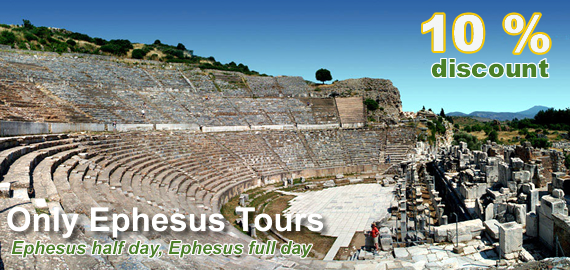
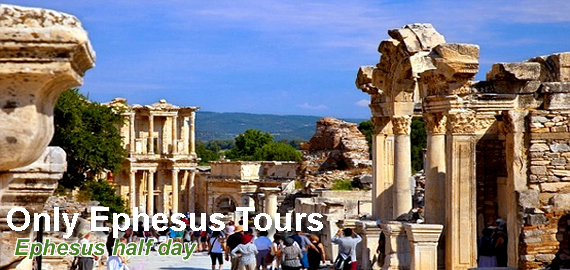
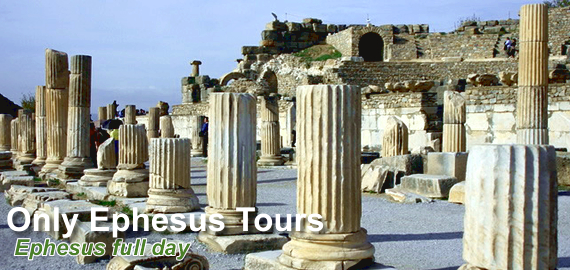
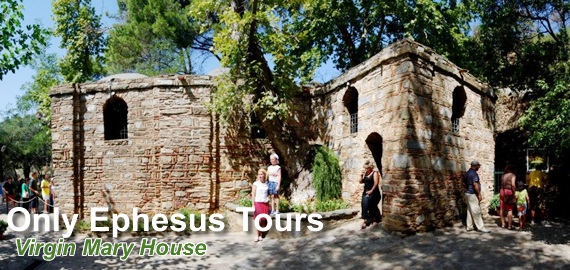
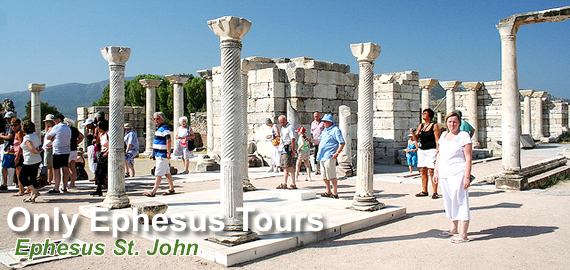
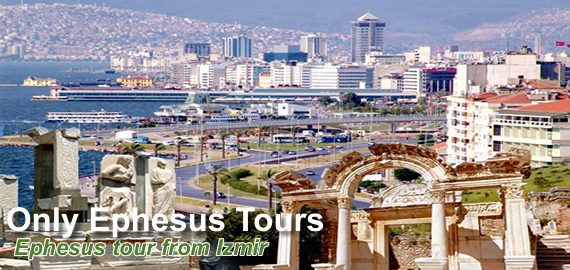
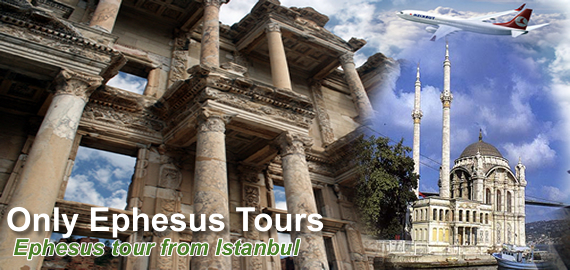

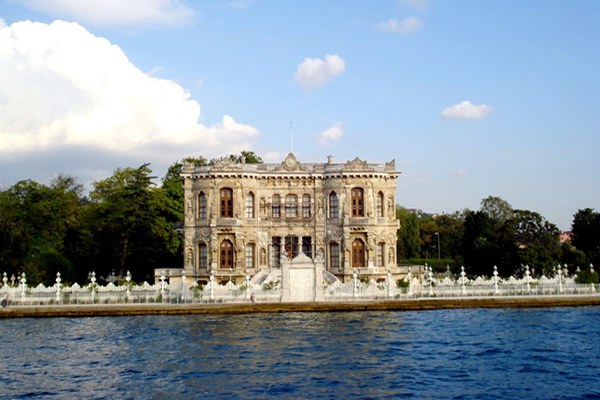

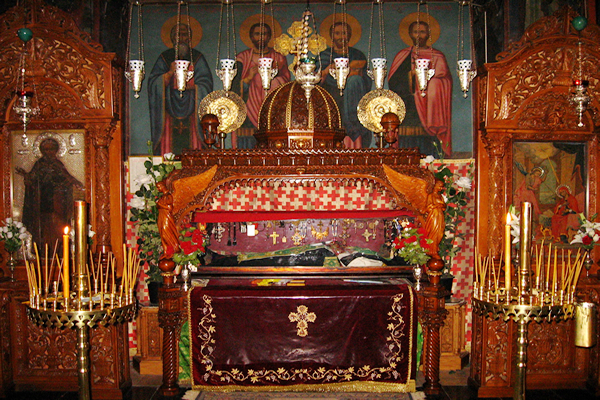
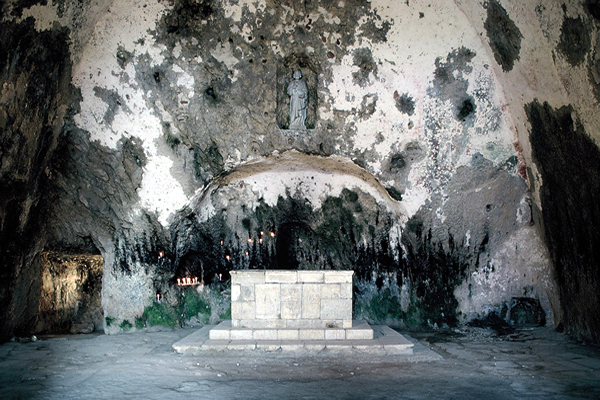
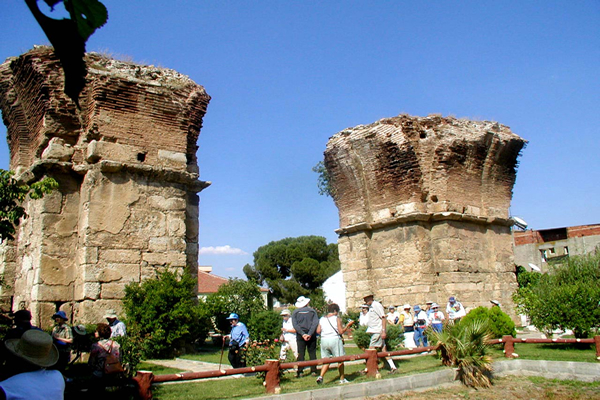
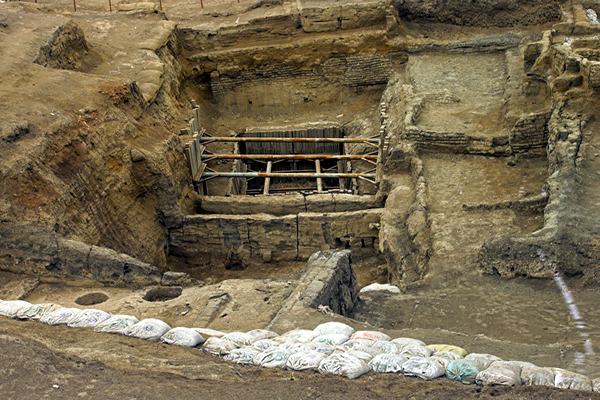

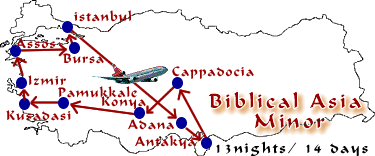 ight
Pamukkale 1 night Izmir, 2 night
Kusadasi, 1 night Pergamum, 1 night
Bursa. Upon arrival at Istanbul's
Ataturk International Airport, you will
be met by one of our bilingual guides.
ight
Pamukkale 1 night Izmir, 2 night
Kusadasi, 1 night Pergamum, 1 night
Bursa. Upon arrival at Istanbul's
Ataturk International Airport, you will
be met by one of our bilingual guides.
